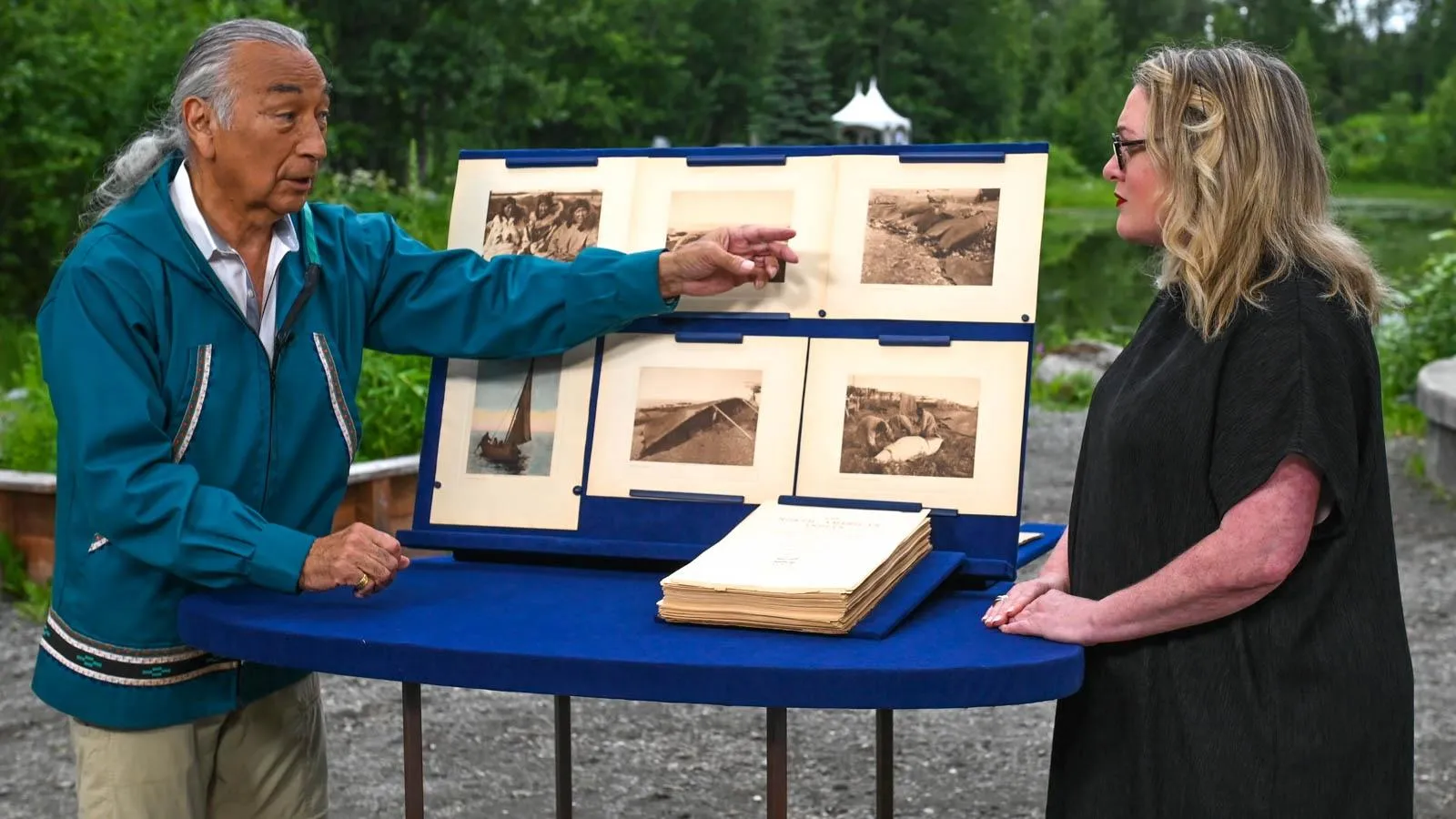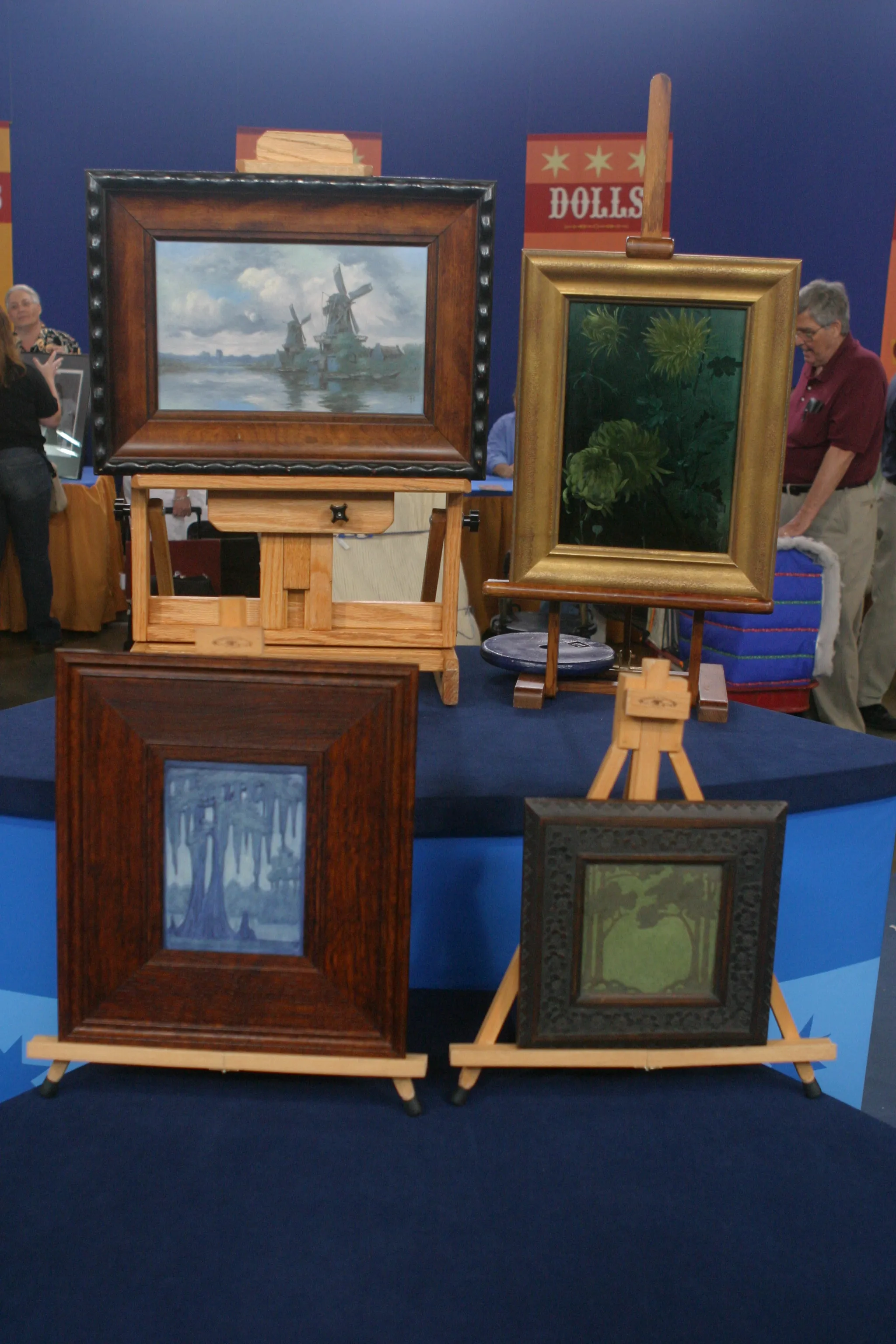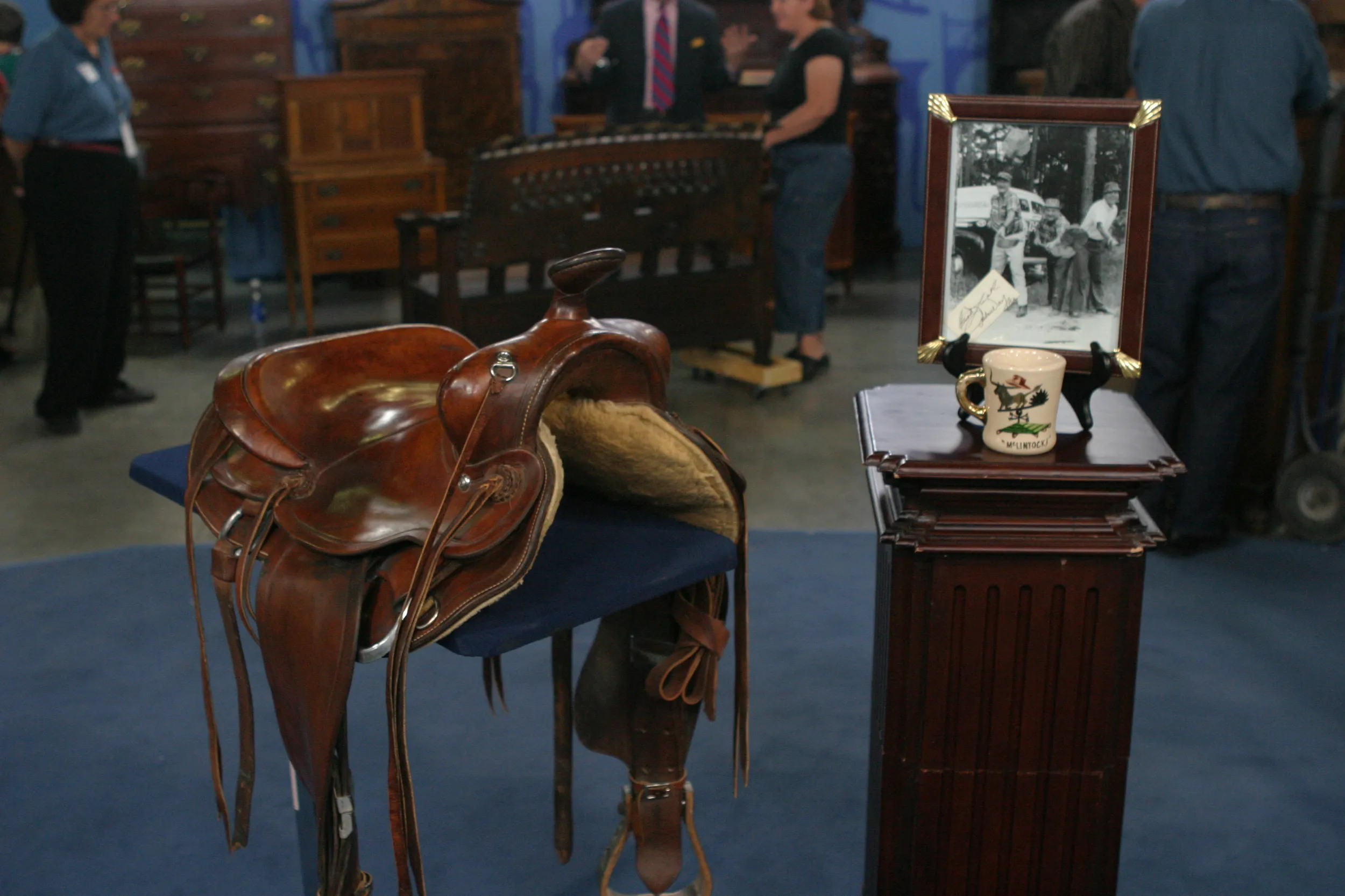GUEST: It's a print of Buffalo Bill. It was given to my great-grandfather. He immigrated from Italy to Pueblo, Colorado, and they lived on the mesa, and then went by wagon train to Greenhorn. They had bought some property there. It had a well that was the only water between Pueblo and Walsenburg on the old highway. It was said that when the stagecoach was running, Buffalo Bill came through, he took a liking to my grandfather, and gave him this picture, and they hung it in the restaurant that was there.
APPRAISER: Fantastic-- when would that have been?
GUEST: In the 19, early 1900s.
APPRAISER: In his era, Buffalo Bill was the biggest performer and the biggest name and one of the most famous people in the world. The fact that he was so well-known was word of mouth. It was newspapers.
GUEST: Okay.
APPRAISER: There were no radios, and it was posters. So Buffalo Bill began his career as a scout and a plainsman on the plains. He was a buffalo hunter.
GUEST: Uh-huh.
APPRAISER: That's where his name comes from. Uh, he ran with the Pony Express for a short time. He was in the U.S. Army for a little while. And eventually, taking this legitimate colorful background that he had...
GUEST: Uh-huh.
APPRAISER: ...uh, he started up his own Wild West show, "Buffalo Bill's Wild West."
GUEST: Uh-huh.
APPRAISER: And when you brought it in, I, I saw it, and I was, like, "Buffalo Bill is so famous, "and his posters helped make him famous. And I know a lot about posters."
GUEST: Mm-hmm
APPRAISER: "And I know a lot about Buffalo Bill. But I've never seen this image before."
GUEST: Uh-huh.
APPRAISER: And I was, like, "That's unusual," because I thought I'd, I thought I'd seen it all.
GUEST: Uh-huh.
APPRAISER: Buffalo Bill was a showman, and he would always dress as a frontiersman.
GUEST: Yes.
APPRAISER: He was a fancy frontiersman, with his buckskin jackets and his cowboy hat. But here he's dressed a little bit more like Johnny Cash. He's... Hm?
GUEST: Yeah, very subdued, yeah.
APPRAISER: Almost funereal, right?
GUEST: Uh-huh.
APPRAISER: So I thought, "Oh, maybe this is a posthumous print."
GUEST: Mm-hmm.
APPRAISER: But then you look at it and it says "Yours, cordially," you know, "Colonel W.F. Cody (Buffalo Bill)." So it's while he's still alive. And then I looked cl, more closely, and it's really faint, but in the lower right hand corner, you can see that it was printed by the Currier Litho Company in Buffalo, New York, and it's dated 1907.
GUEST: Okay.
APPRAISER: So this is a 1907 lithograph. And, and Bill, although... You know, he died in 1917. By 1907, his career was not as large as it had been a, a few years prior to that.
GUEST: Mm-hmm.
APPRAISER: But he was still performing. What do you think this is worth?
GUEST: I tried to get it appraised once, and it wa, they said it was anywhere from $200 to, it could be more.
APPRAISER: That's a very general appraisal.
GUEST: Yeah. (chuckles)
APPRAISER: (laughs)
GUEST: It was. But we just, I love it, and, uh, it's been a part of the family forever.
APPRAISER: I think that if this were to come to auction without the printer's mark on it...
GUEST: Uh-huh.
APPRAISER: ...people wouldn't have the actual historical context, the date in which it came from.
GUEST: Mm-hmm.
APPRAISER: And I think having the Currier Lithograph mark on it and the date 1907 really helps add that extra level of, of context, authenticity, and value. If this was Bill on his horse...
GUEST: Uh-huh.
APPRAISER: ...if this was Bill in a fictitious recreation of some famous battle that he did...
GUEST: Mm-hmm.
APPRAISER: ...it might have some extra appeal.
GUEST: Mm-hmm.
APPRAISER: Buffalo Bill really is one of the, still one of the top marquee names in collectibles.
GUEST: Mm-hmm.
APPRAISER: At auction, I would estimate it between $4,000 and $6,000.
GUEST: Okay. Well, thank you. It's going to still have a, its favorite place at my house. (laughs)
APPRAISER: And it's one of those things, because it's so rare, it wouldn't surprise me if it went even higher.
GUEST: Uh-huh.









